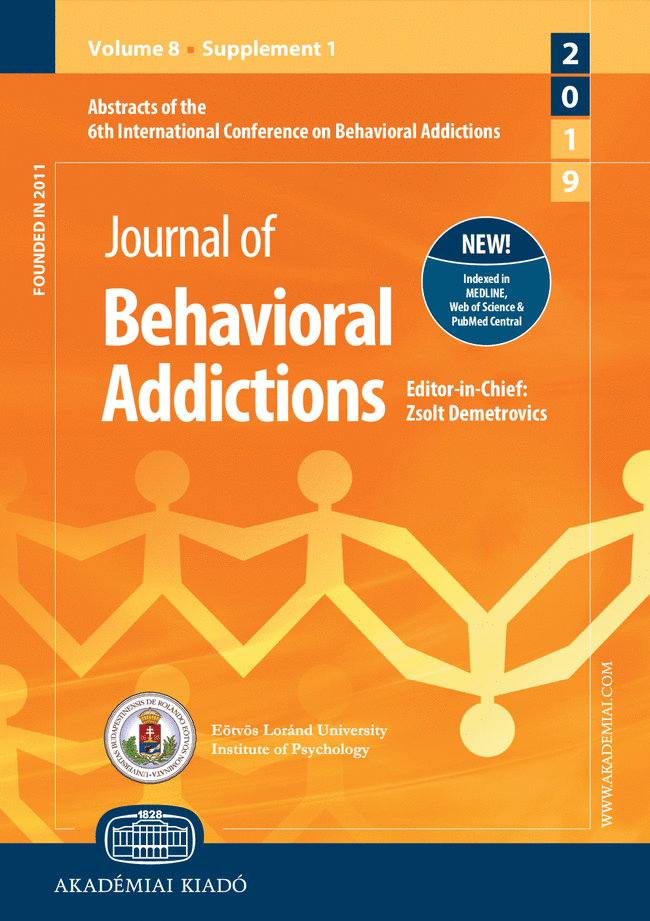Compulsive sexual behavior and sexual offending: Differences in cognitive schemas, sensation seeking, and impulsivity
Compulsive sexual behavior and sexual offending: Differences in cognitive schemas, sensation seeking, and impulsivity
Author(s): Yaniv Efrati, Ortal Shukron, Robert EpsteinSubject(s): Behaviorism
Published by: Akadémiai Kiadó
Keywords: compulsive sexual behavior disorder; sex offenders,; maladaptive schemas
Summary/Abstract: Background and aims. People from the community seeking treatment in frameworks such as Sexaholics Anonymous (SA) and sex offenders are preoccupied with sex, sexual fantasies, and behaviors. The rates of compulsive sexual behavior disorder (CSBD), however, are reported to be substantially lower among sex offenders than SAs. In this study, we examined differences between SAs and sex offenders in CSBD and in processes that might be at the core of CSBD – maladaptive schemas about the self and others, impulsivity, and sensation seeking. Methods. The study comprised 103 sex offenders, 68 SAs, and 81 violence offenders who served as controls aged 18–74 years, who completed self-report measures regarding CSBD, maladaptive schemas, impulsivity, and sensation seeking. Results. SAs were higher on CSBD, maladaptive schemas, impulsivity, and sensation seeking than sex offenders. Sex offenders were higher on CSBD and impulsivity than violence offenders. Among all groups, maladaptive schemas were linked with higher CSBD. Conclusions. High rates of CSBD among SAs might partially be accounted by differences in maladaptive schemas. We discuss the implication of the study to the understanding of CSBD, sexual offences, and therapy for CSBD and sexual offending.
Journal: Journal of Behavioral Addictions
- Issue Year: 8/2019
- Issue No: 3
- Page Range: 432-441
- Page Count: 10
- Language: English

